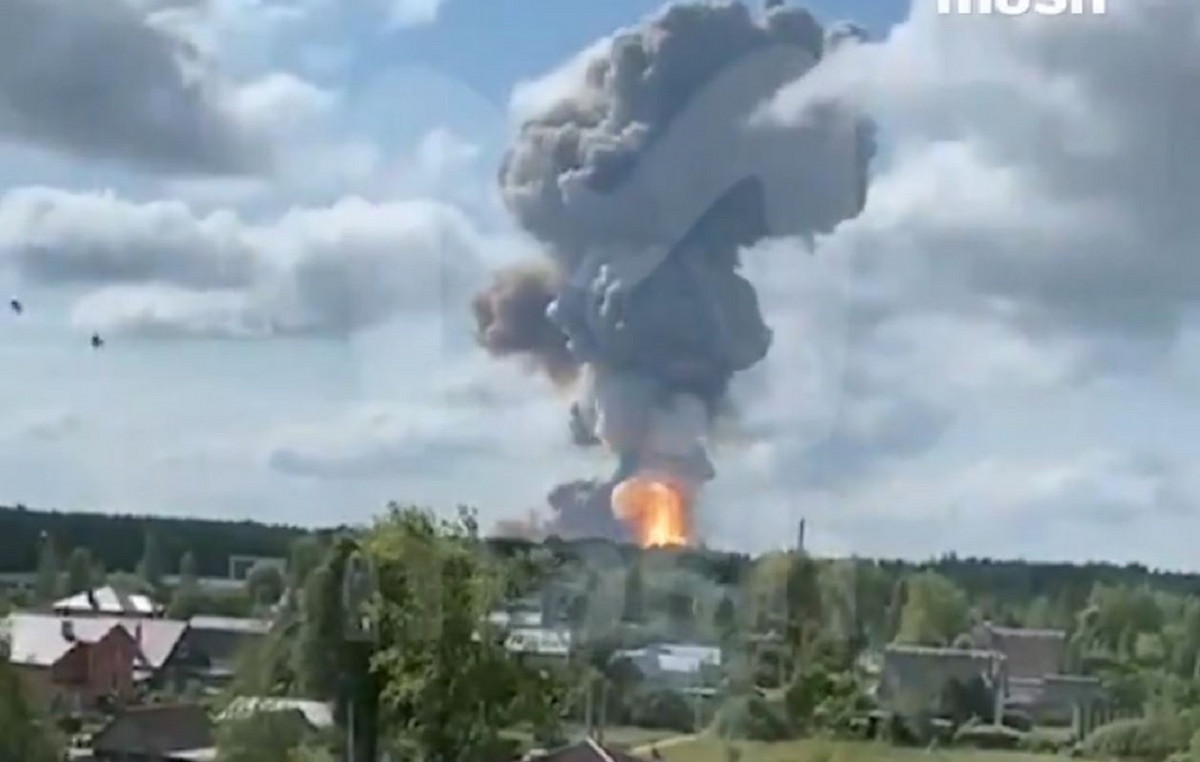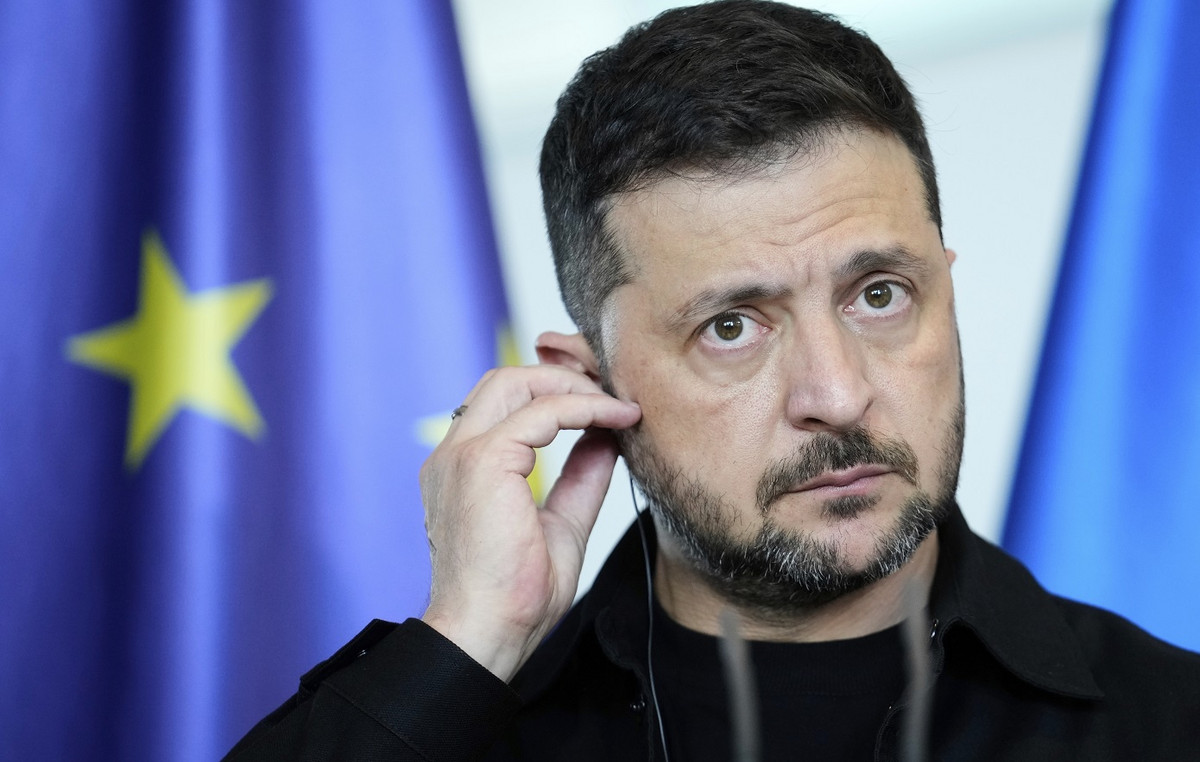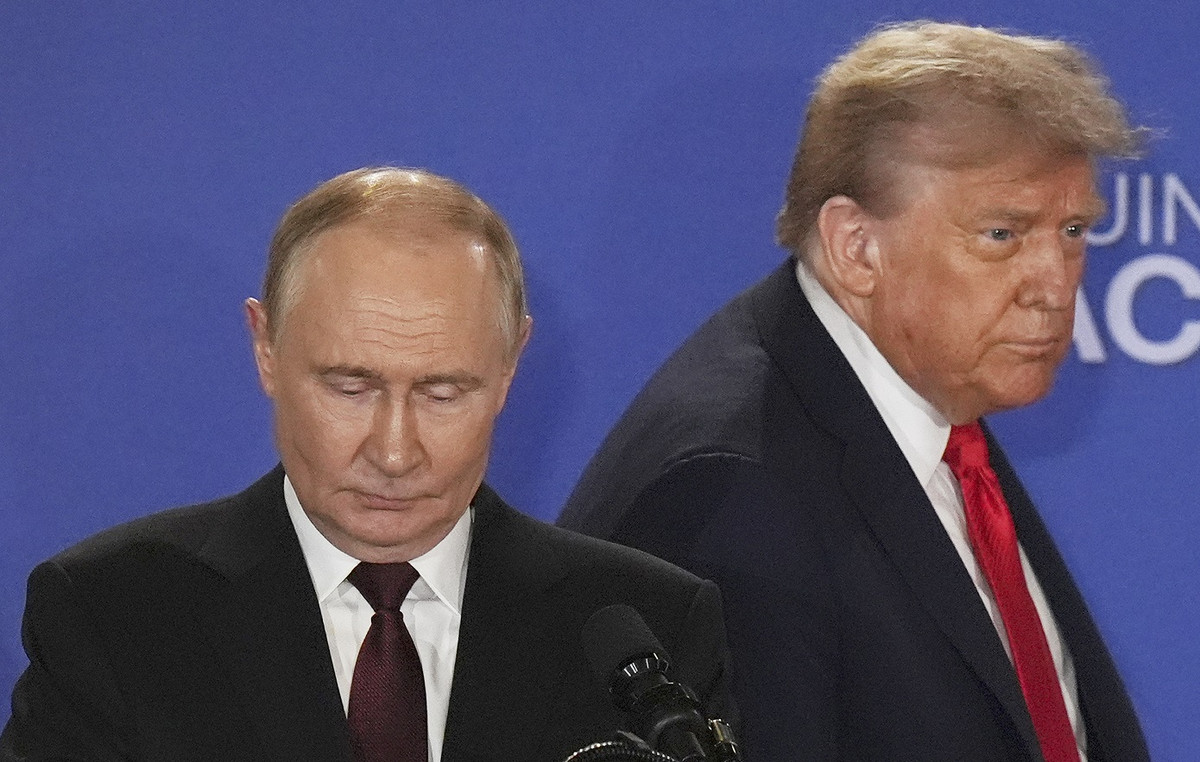An archipelago of 11,718 square kilometers of surface, cold and rich in resources, located in the South Atlantic and about 600 kilometers off the coast of Argentina, is at the center of a conflict whose origins date back 500 years.
The Falkland Islands (as they are known in Argentina) or Falklands (like the United Kingdom flames) are also at the center of a formal sovereignty dispute between Buenos Aires and London, which has lasted 189 years and has been the scene of tension and pain in the recent history of both countries.
More than 3,000 people live on the archipelago — which is of strategic importance because of its position on the Atlantic Ocean and its natural resources — including descendants of the first settlers who arrived when the UK forcibly took control in 1833, immigrants and soldiers at a base on Mount Pleasant (Mount Pleasant, for the British).
The world is now looking at the war in ukrainein the heart of Europebut 40 years ago, on April 2, 1982, the only armed conflict between a nuclear power and a Latin American state in the history of the continent began.
“It was a dark night, everything was very dark,” he told the CNN Rubén Pablos, war veteran and current director of the Veterans of the Falklands of Rio Negro Province, who participated in the Battle of Wireless Ridge in June 1982.
He says it was drizzling, and from so many flares and tracer bullets, it looked like day. “We were fighting and from the amount of light in the sky, from all that they shot, the number of projectiles looked like day.”
The war lasted just over two months. But also, as the Ukraineat that time focused the eyes of the world on a deadly and spectacular combat, with a balance of 649 Argentine soldiers, 255 British soldiers and 3 civilians killed.
“Forty years later, we are in the same place”, he told Wednesday (30) to CNN Alejandro Corbacho, specialist in the Falklands war, at a seminar organized by CEMA University.
The War in the South Atlantic
But how did the armed conflict arise between the United Kingdom, a victorious nuclear power in World War II and involved in the Cold War, and Argentina, a South American country with a history of good relations with Great Britain?
It is a story that raises doubts and tensions that go back to the time of the Empire, when the British tried to invade two years before Argentina’s independence, and then dominated the meatpacking industry and the railways for many decades.
The Argentine claim to the islands remained in force since 1833, but gained strength after World War II and in the context of the United Nations (UN), who in 1960 promoted the decolonization of territories through resolution 1514 (XV) of the general meeting.
Then, in 1965, resolution 2065 specifically recognized the Falklands sovereignty dispute and the existence of a case contemplated in resolution 1514, and called on the parties to negotiate.
“The British interpret this resolution, according to the UN letter, from self-determination, and the Argentines, also according to the UN letter, from territorial integrity,” said Corbacho, who is also director of the Security and Defense Observatory at the University. CEMA.
But after the beginning of the military dictatorship in Argentina in 1976, tensions increased. The third government of the so-called National Reorganization Process, formed by the leaders of the Armed Forces and led by General Leopoldo Fortunato Galtieri, took the decision to resolve the issue by force in 1982, in a context of low popularity and growing crisis. economic.
Heavy air, land and sea combat in the Falklands
On 2 April 1982, Argentine forces landed on the islands, took the capital, Puerto Argentino (Port Stanley to the British), and defeated a small British garrison.
You U.S quickly showed their support for the United Kingdom, their ally in the North Atlantic Treaty Organization (nato). Germany, Italy, France, Japan and Canada followed.
Almost immediately, the United Kingdom, led by then Prime Minister Margaret Thatcher, sent a fleet, including two aircraft carriers, to retake the Falkland Islands, and Argentine forces positioned themselves to await the attack.
What followed were 74 days of intense ground fighting around Pradera del Ganso (Green Goose, to the British) and Puerto Argentino, air-naval battles — a British submarine sank the Argentine cruiser ARA Belgrano and Argentine planes did the same to the ships. British HMS Sheffield and HMS Antelope, among others — with heavy human losses.
Pablos participated in the fighting at Wireless Ridge (or Colina de la Radio), one of the mountains that formed the Argentine defense in Puerto Argentino, on June 12, 1982.
“The last battle to take Puerto Argentino was our position (Wireless Ridge). It was one of the bloodiest battles. We fought from afternoon until dawn when it started to snow and until we were given the order to retreat to the city where we arrived,” Pablos told CNN.
“With my friends, with my group, we don’t understand how we got out of there alive and nobody got hurt. I was shaking that night.”
And on June 14, 1982, finally, the Argentines in Puerto Argentino surrendered to British troops and the war came to an end.
Pablos and his companions were prisoners of the British.
“They took us two or three days later by helicopter to the San Carlos Strait. It was a kind of abandoned refrigerator, large warehouses and there we realized that we were about 640 more or less between soldiers and military”.
“The treatment was very good on the part of the English. From that moment they already recognized us as soldiers, who fought with great honor and great strength,” he added.
But for many veterans of the war in Argentina and the UK, a new conflict began after the ceasefire.
In Argentina, the armed forces claim to have records of 52 suicides among veterans, although associations of ex-combatants say as many as 500.
In the United Kingdom, a recent study by the Ministry of Defense reports 95 suicides among its veterans, although British veterans’ organizations put the number at 264.
“We recognize that it is very complicated and beyond any contention, the issue of war, which, as we say, is a horror that the human being, the mind, has been going through for 40 years and many more, post-traumatic stress will also continue to act. , said Pablos.
The endless conflict between Argentina and the United Kingdom
The Argentine defeat precipitated the fall of the military government in Argentina and the return of democracy in 1983, after long years of repression and systematic violations of human rights in the country.
“As soon as the war ended, with successive democratic governments, the Falklands were cornered within the military dictatorship,” Pablos said.
But it also hardened negotiations and diplomacy between both parties, especially given the islanders’ rejection of Argentina after the war.
“The fact that they gained importance that they didn’t have was strongly incorporated,” said Corbacho.
At the same time, the UK has increased interest in the islands, largely due to fishing and exploitation rights for Petroleum.
In this sense – and unlike before the war, when the military presence was minimal – in the Falklands there has been a British military base in Mount Pleasant since 1985, controlled by the Royal Air Force, which operates an air wing composed of four fighter jets there, Eurofighter Typhoon. .
A complex history before the Falklands War, from 1520
According to the Argentine Ministry of Foreign Affairs, the islands were discovered in 1520 by members of the expedition of the Portuguese navigator Fernando de Magalhães, in the service of the Spain.
From that moment, argues the Argentine Ministry of Foreign Affairs, its location was recorded in European cartography, under the control of Spain based on the Papal Bulls and the Treaty of Tordesillas of 1494.
The United Kingdom, however, maintains that it was the English navigator John Davies who discovered the archipelago in 1592.
The parties agree that the islands were first named in 1600 by the Dutch navigator Sebald van de Weert, who called them “Sebaldinas”, as well as the General History of Foreign Affairs of the Argentine Republic, edited by Carlos Escudé and Andrés Cisneros (with the participation of Corbacho, among other researchers), such as the Official History of the UK Malvinas Campaign, by Sir Lawrence Freedman.
In 1692 the English captain John Strong landed on the islands and gave his name to the strait that separates the two largest islands of the archipelago: he called it Falkland Sound, in honor of the Viscount of Falkland.
From Spain to the United Provinces of the Rio de la Plata
Spain rejected these advances and claimed its rights to the islands invoking the Treaty of Tordesillas and several other agreements with Great Britain, including Utrecht in 1713 and the Nootka Sound convention in 1790.
But it was finally the French who began the colonization of the islands with the first settlement, Puerto Luis, founded in 1764, as the work of Cisneros and Escudé points out.
As these sailors came from Saint-Malo, in Francenamed the islands Les Malouines, from which the Spanish name Las Malvinas was derived.
Spain negotiated with France to transfer Puerto Luís to its sovereignty and exercised control over the Falkland Islands. In 1811, due to the wave of independence revolutions in Latin America, he evacuated the personnel stationed there.
Then, the government of the United Provinces of the Río de la Plata, which succeeded the Viceroyalty of the Río de la Plata (included present-day Argentina and extended to the territories that today make up, in whole or in part, Bolivia, Paraguay, Uruguay , Brazil and Chile), claimed the territorial rights of Spain, including those that weighed on the islands, and in 1820 he began to exercise his sovereignty over the archipelago.
Finally, in 1833, the United Kingdom expelled the Argentine governor and garrison, taking control of the islands — which became one of the current 14 British Overseas Territories — which they remain today with the exception of two months during the 1982 war.
Source: CNN Brasil
I’m James Harper, a highly experienced and accomplished news writer for World Stock Market. I have been writing in the Politics section of the website for over five years, providing readers with up-to-date and insightful information about current events in politics. My work is widely read and respected by many industry professionals as well as laymen.







